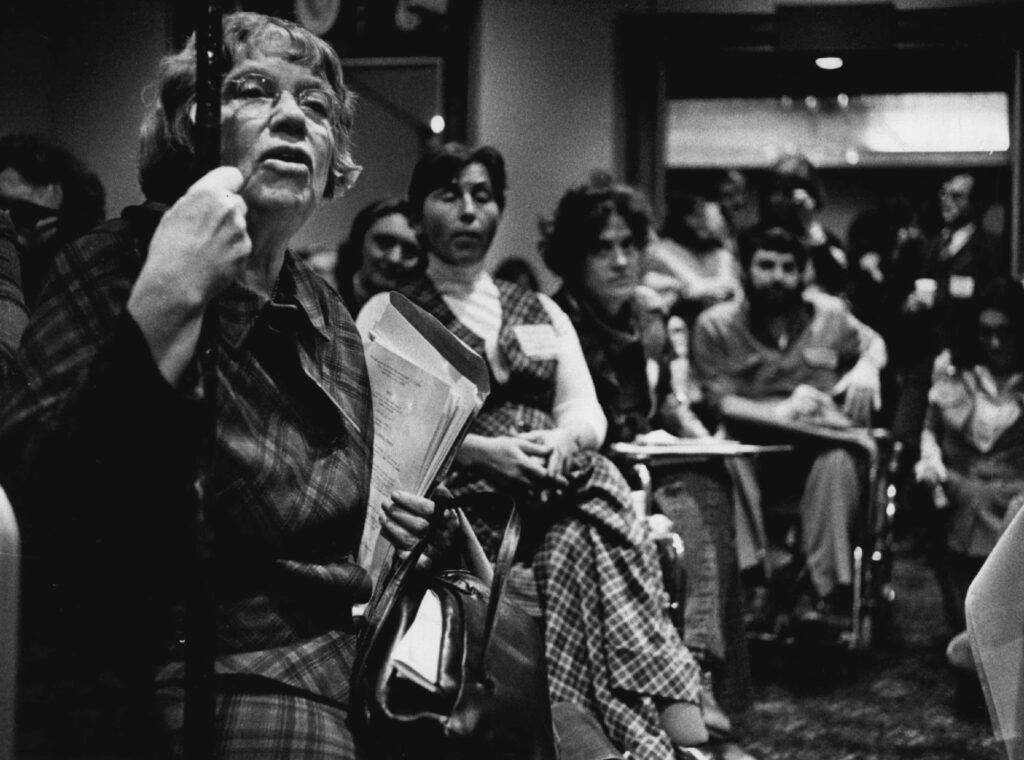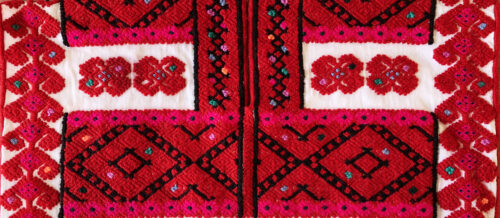Margaret Mead’s Ethnographic Work in Samoa
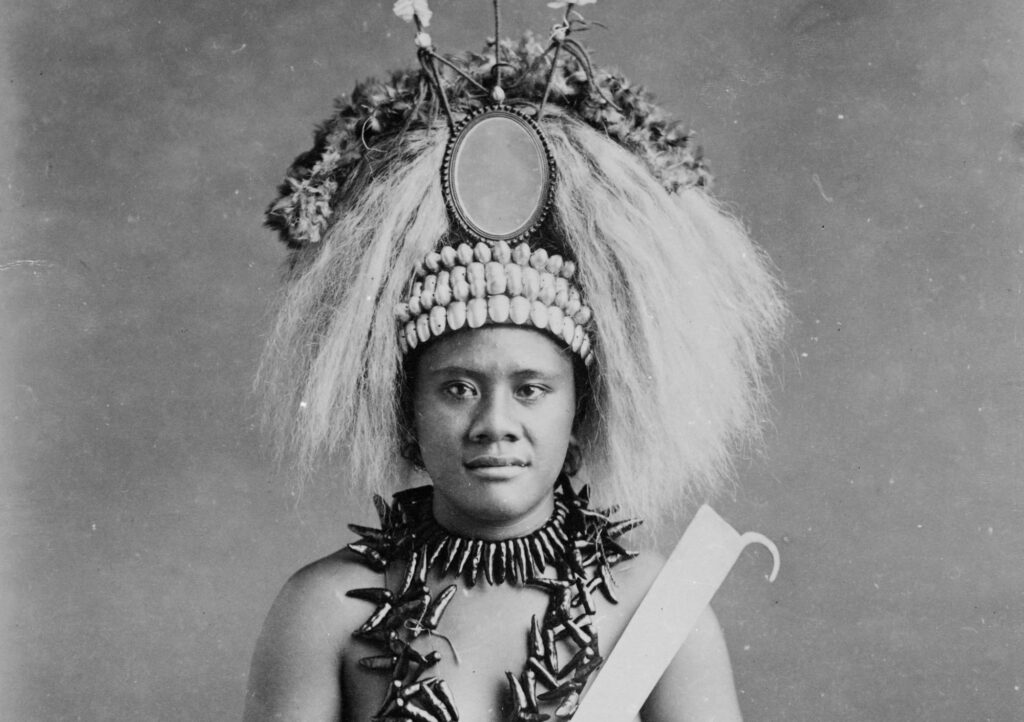
In this unit (to accompany SAPIENS podcast S6E2), students will learn, through Margaret Mead’s fieldwork in American Samoa, the facets of ethnography and the impact of her work. By exploring and discussing Mead’s findings, students will be able to analyze the bigger picture of her influence through an anthropological lens.
- Define the processes of ethnographic fieldwork.
- Analyze the impact of Margaret Mead’s ethnographic work and findings in American Samoa.
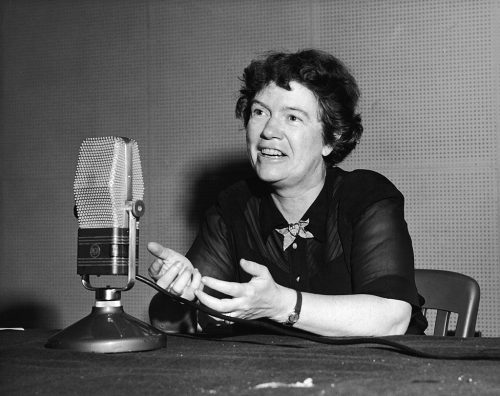
Did Margaret Mead Think a Healed Femur Was the Earliest Sign of Civilization?
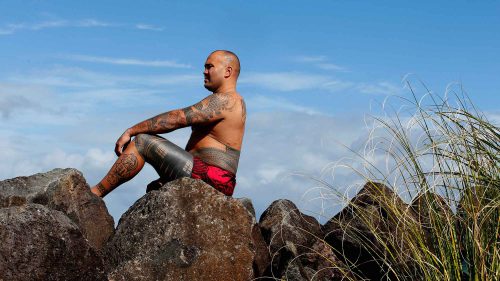
How the Samoan Tattoo Survived Colonialism
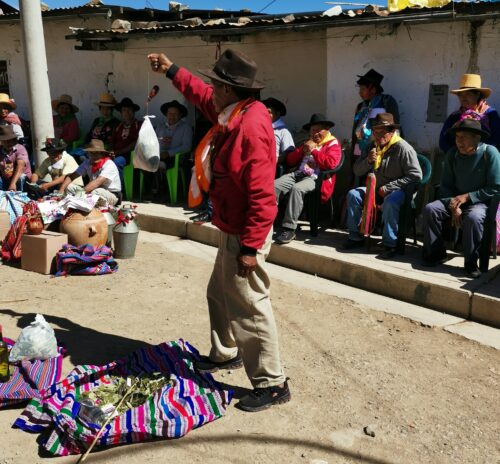
Justo y equilibrado: pesando coca con un wipi en el Perú
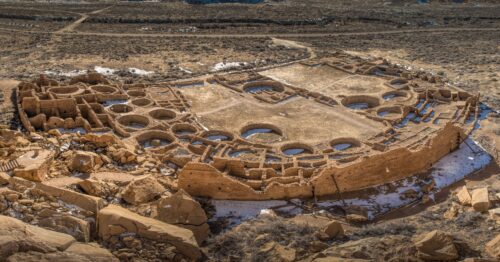
Navegando los dilemas éticos de la investigación del ADN humano antiguo
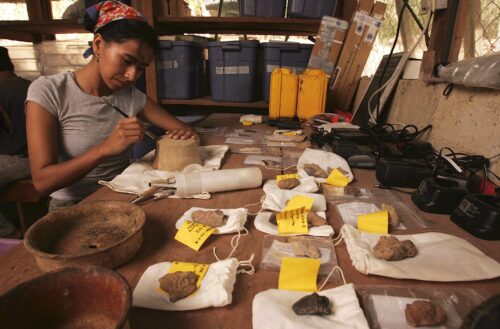
¿Qué hacen los arqueólogos?
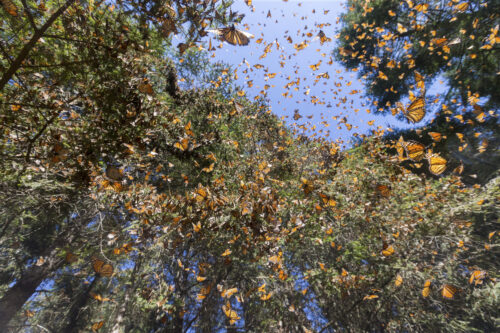
Sentirse vivo ante el batir de infinitas alas anaranjadas
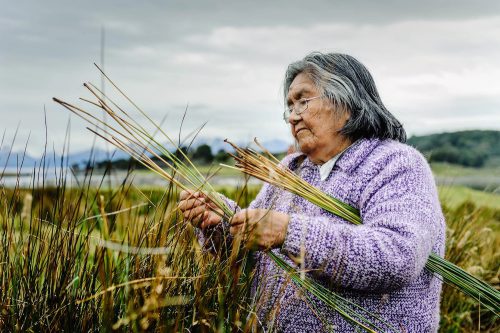
El pueblo yagán se vuelve a levantar

En qué se equivocan las sociedades industriales con respecto a la infancia

¿Es inevitable la guerra? Consideremos a los antiguos mayas

¿Qué es la antropología?
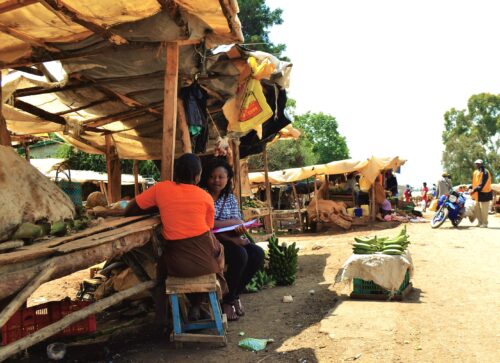
¿Qué es la antropología cultural?
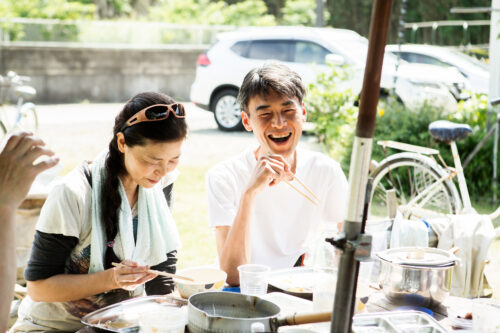
¿Qué es la antropología lingüística?

¿Qué hacen los arqueólogos?
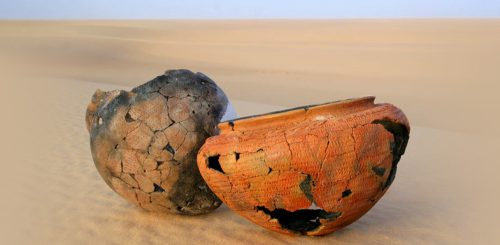
Cómo la cerámica ofrece una mirada a las antiguas costumbres alimentarias
-
A historic parochial school building in Afao village on the island of Tutuila in American Samoa.
-
The practice or quality of including people from a range of social and ethnic backgrounds and with different genders, sexual orientations, etc.
-
The scientific description of the customs of individual peoples and cultures.
-
A high-ranking ceremonial hostess, selected by a high chief of a Samoan village from the young girls of his household, who is charged with formally receiving and entertaining visitors.
- Consider the concept of sexuality as a learned behavior in relation to cultural pressures and societal norms in Mead’s Coming of Age in Samoa, specifically her findings about young Samoan women in contrast to young women in the United States. Discuss how that concept is relevant today.
- Many scholars have debated whether Mead’s conclusions were valid at the time she worked in American Samoa and allege further that her findings are not credible today because Samoan society has changed immensely since the 1920s. Discuss what it means for ethnographers to capture an “ethnographic moment” that may become inaccurate with the passage of time.
- Define the skills gained in ethnographic research—participation, communication, and record-keeping—and consider how they can be integrated with current technological advances. Discuss how a modern ethnographic excursion would differ from Mead’s studies in American Samoa.
-
Feinberg, Richard. “Margaret Mead and Samoa: Coming of Age in Fact and Fiction.” 1988. American Anthropologist 90 (3): 656–663.
-
Jones, Janice, and Joanna Smith. 2017. “Ethnography: Challenges and Opportunities.” Evidence-Based Nursing 20 (4): 98–100.
-
Côté, James E. 1992. “Was Mead Wrong About Coming of Age in Samoa? An Analysis of the Mead/Freeman Controversy for Scholars of Adolescence and Human Development.” Journal of Youth and Adolescence 21 (5): 499–527.
- Given the breadth of human diversity, what role can ethnography play in illuminating it?
- How does Mead’s study of the cultural practices of Samoan coming of age give insight into your own culture’s coming-of-age traditions?
- Some have said that Mead romanticized her life in American Samoa. For the sake of argument, defend the value of her findings, giving three examples of what you learned about ethnography, human culture, or yourself from her work.
- In what way can scholars use Mead’s research to guide their own study of culture through the ethnographic approach?
- What questions should you be asking about your own culture, as Mead asked in her book? For example, she challenged how young women approach their sexuality. If someone immersed themselves in your culture, what societal norms might they challenge?
- Mead’s use of the word “primitive” in her book title is deeply offensive to many people, especially Samoans. Why did Mead use this word and what are the problems with its use today?
- After reading the SAPIENS article, “The Life and Meaning of Margaret Mead,” create a definition of ethnography with specific examples from Mead’s work in American Samoa.
- Divide the class into sections, assigning each section two to three paragraphs of Mead’s book Coming of Age in Samoa. Ask each section to collaborate and summarize the given paragraphs into a central concept Mead was trying to convey.
- Ask students to choose an identifiable culture (e.g., Basque, Japanese, Navajo). Compare possible ethnographic experiences in the chosen culture with Mead’s experiences. Devise a plan wherein an ethnographic trip could take place, and Mead’s methods could be used.
-
Article: Chris Drew’s “15 Great Ethnography Examples”
-
Article: Encyclopedia Britannica’s “Ethnography”
-
Article: Park Ethnography Program’s “What is Ethnographic Research”
-
Exhibition: Library of Congress’ “Samoa: The Adolescent Girl” in Margaret Mead: Human Nature and the Power of Culture
-
Video: CrashCourse’s Social Development: Crash Course in Sociology #13
-
Video: The School of Life’s The Ancient Origin of Sexual and Gender Identity: Margaret Mead
Casie Gray, Freedom Learning Group
Margaret Mead’s Remarkable Career
